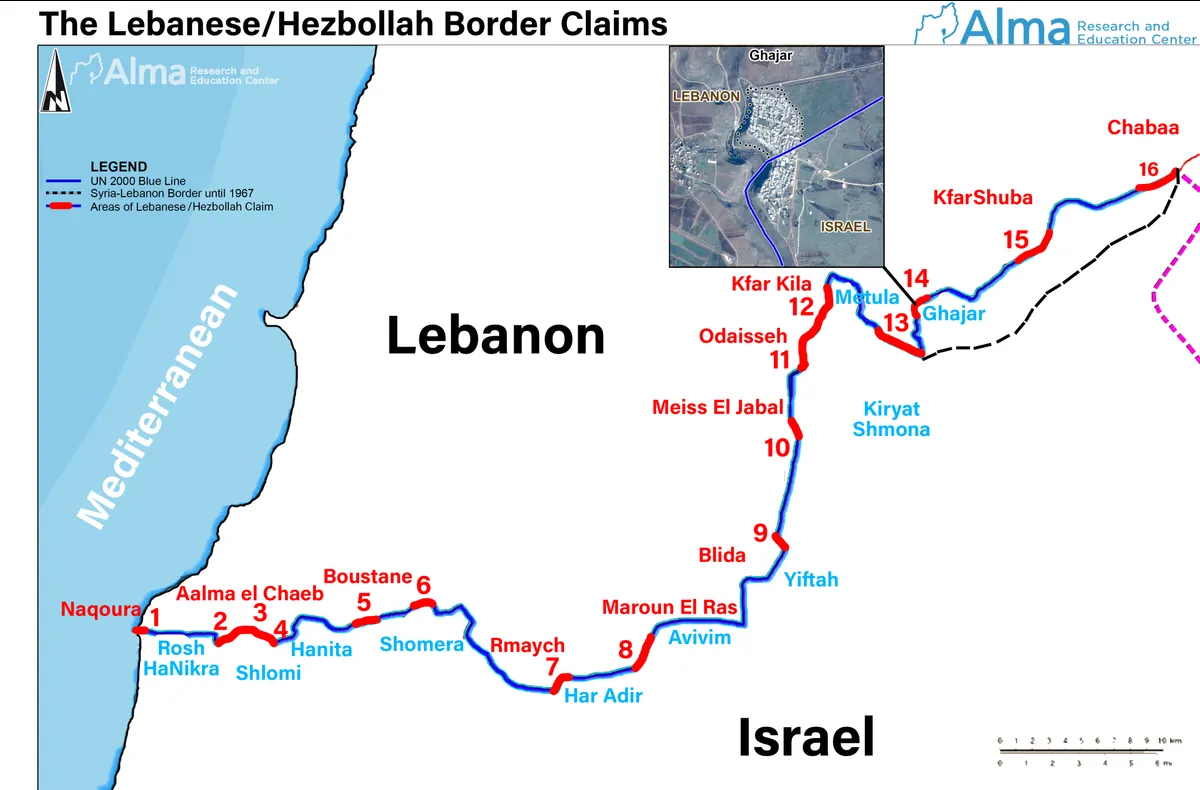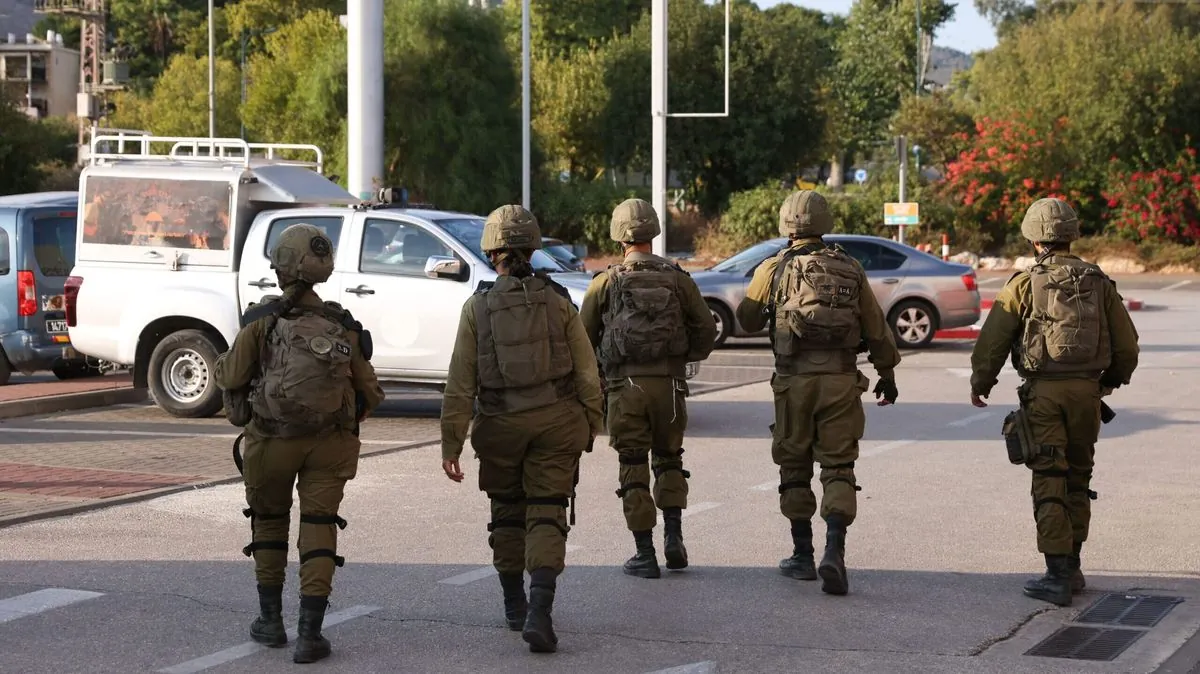Israel-Hezbollah Conflict Intensifies: A Century of Strife Revisited
Recent escalations between Israel and Hezbollah have reignited fears of all-out war. The conflict, rooted in decades of hostility, has seen hundreds of casualties and mass displacements on both sides.

The Israel-Lebanon border has been a flashpoint of conflict for over seven decades, with recent escalations between Israel and Hezbollah bringing the region to the brink of another full-scale war. This long-standing hostility, punctuated by periods of relative calm, has its roots in the complex geopolitical landscape of the Middle East.
Hezbollah, a Lebanese Shiite organization with political and militant wings, has been at the forefront of this conflict since its inception in 1985. The group, considered a terrorist organization by several countries, emerged as a resistance movement against Israeli occupation of southern Lebanon. With an estimated 45,000 active fighters, Hezbollah poses a significant threat to Israel's northern border.
The recent surge in violence has resulted in hundreds of casualties. On September 23, 2024, Israeli strikes reportedly killed at least 558 people in Lebanon, marking one of the deadliest days in the conflict's recent history. This escalation follows a pattern of increasing hostilities since the October 7, 2023 attack by Hamas on Israel, after which Hezbollah launched its own strikes in solidarity.

The conflict's timeline spans several key events:
- The 1948 Arab-Israeli War, which led to the displacement of approximately 700,000 Palestinians, including 100,000 to Lebanon.
- The Lebanese Civil War (1975-1990), which saw Israeli invasions in 1978 and 1982.
- The creation of Hezbollah in 1982, following Israel's invasion of Lebanon.
- Israel's withdrawal from southern Lebanon in 2000, after 22 years of occupation.
- The 2006 Israel-Hezbollah War, lasting 34 days and resulting in significant casualties on both sides.
The 2006 conflict led to UN Security Council Resolution 1701, calling for a full cessation of hostilities. However, this resolution has not prevented periodic flare-ups. Israel has adopted a strategy some analysts describe as "mowing the grass," aiming to regularly diminish Hezbollah's capabilities without expecting to eliminate the threat entirely.
"The attack on Lebanon was an act of war, and we vow to respond."
The ongoing conflict has had severe humanitarian consequences. Approximately 67,500 people have evacuated their homes in northern Israel since October 2023, while about 110,000 people in southern Lebanon have been displaced. These figures underscore the human cost of the prolonged hostilities.
It's worth noting that this conflict occurs against the backdrop of Lebanon's broader challenges. The country hosts the largest per capita refugee population globally and has been grappling with a severe economic crisis since 2019, exacerbated by the devastating Beirut port explosion in 2020.
The international community continues to monitor the situation closely, with the United Nations Interim Force in Lebanon (UNIFIL), established in 1978, still operating in the region. The Blue Line, established by the UN in 2000, serves as the border demarcation between Lebanon and Israel, though its status remains contentious.
As tensions remain high, the possibility of a wider regional conflict looms large. The intricate web of alliances and enmities in the Middle East, coupled with the historical grievances and strategic interests of various actors, makes the Israel-Hezbollah conflict a potential powder keg in an already volatile region.


































